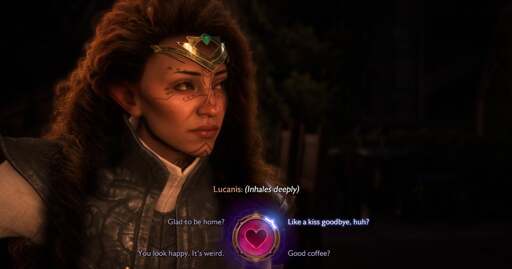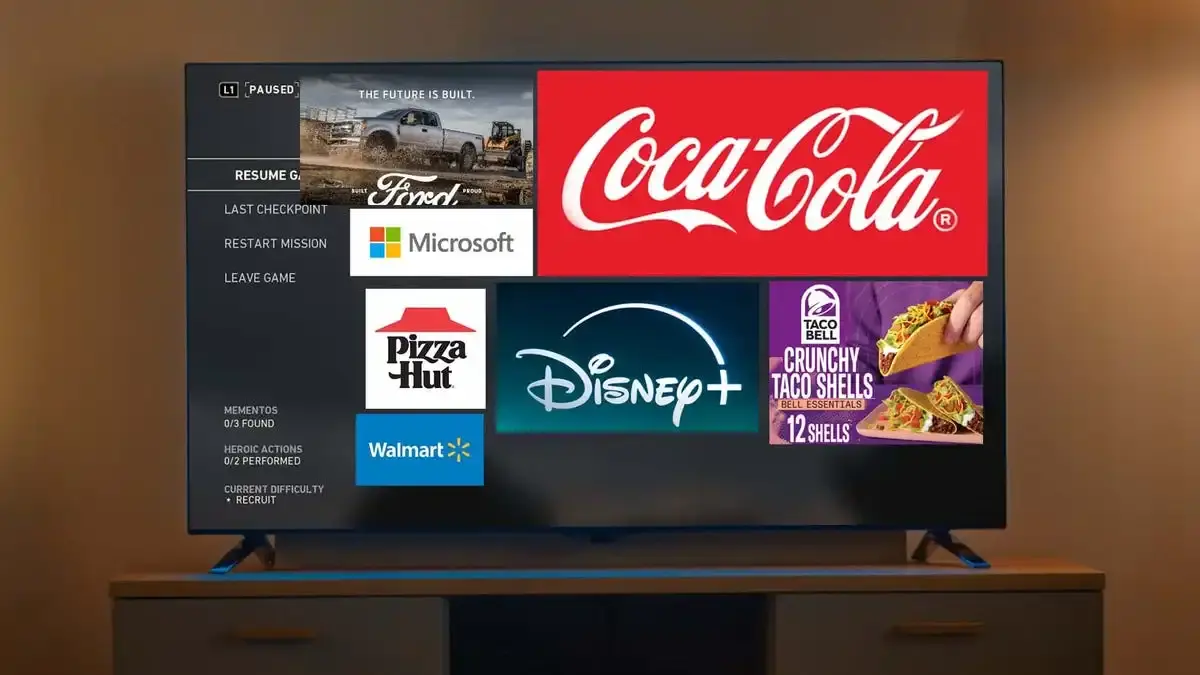- 15 Posts
- 43 Comments

 7·9 days ago
7·9 days agoBecause email federation is inherent to everyone’s understanding of how that service works. And perhaps more importantly, email “instances” are run by corporations. Laymen are not signing up on a “server” or “instance,” they’re signing up for Google, Apple, or Microsoft - the service they get aligns to a company that provides it. Nearly every single service that anyone has ever signed up for online has followed the same essential process: go to fixed url, create id and password, gain access.
It’s easy to underestimate, especially in communities like this, how enigmatic the entire infrastructure of the internet is to the general population. Think of those videos where people are asked what “the cloud” is: they pause and ponder and then guess “satellites?” because they’ve never even wondered about it. I’m guessing that for many people, something like Twitter is just something that lives in their app store that they can choose to “enable” on their phone by installing it.
People know that software is “made up of code,” but they don’t understand what that means. The idea that an “application” is a collection of services run by code, that there are app servers and web servers, that there are backends and frontends, is completely unknown to (I’d guess) a significant majority of people. And if someone doesn’t understand that, it’s honestly near impossible to understand what anything in the fediverse is.
And most importantly: this is not any user’s fault. IT and the Internet developed so quickly, and it was made so seamlessly accessible by corporations who at first just wanted their services to be adopted, and then wanted everything even more deliberately opaque so those users were more likely to feel locked in and dependent while the services themselves tail-spun in degradation.
We need more, and more accessible, and friendlier, tech literacy in general. The complexity of our world is running away from us (“I have a foreboding [of a time…] when awesome technological powers are in the hands of a very few, and no one representing the public interest can even grasp the issues” - Carl Sagan) and we simply can’t deeply understand many of the things that directly impact us. But because of its ubiquity, IT may be the best chance people have of getting better at understanding.
I think the remake addresses these issues as well.
What’s truly bizarre and off-putting though is how this game switches between several different types of cutscenes, ranging from completely fleshed out and animated (those look great) over less well-animated (but serviceable), to nearly completely static (but still voiced)= cutscenes with barely any movement.
If I remember correctly, 0 might be the only game to do this. 0 was my first game too and I remember being taken back by this (the static scene talking to some guy in a car smoking a cigarette or something is what sticks out in my memory). It’s possible other games did this too and I just forgot, but I’m not sure.
As for 0 being a good starting point, I do disagree. Having played all of them, I think 0 would land better if it was played after 1, 2, and 3. Kiryu’s and especially Majima’s stories in 0 heavily reference things that occur or are at least revealed in 1 and 3.
I started with 0 and worked my way chronologically from there (with the remakes for 1 and 2), and 0 is my pick for best if the series. I think the thing to know about the real estate sub-game, and others of its ilk like the host club in the same game (I think), is that they are completely parallel, non-consequential, optional content.
I personally feel that you could go through every single Yakuza game playing only the main story and side stories without missing anything of value. I would frequently force myself to play batting cages or karaoke or dancing because fans talk a lot about that stuff, but there’s really very little there to compel your attention unless you enjoy it. You can totally skip all that.
You could probably also skip the side stories if you just want to follow the main path, but those I do think are more crucial to Yakuza’s experience and identity - the outrageously silly flip side of the coin to the main story’s soap-opera-esque melodrama.

 4·24 days ago
4·24 days agoThanks DeepSeek.

 33·1 month ago
33·1 month agoGlad to see a publication pushing back on the recent asinine comments and behaviors from CI.
An early proposal for The Last of Us 2.

 3·3 months ago
3·3 months agoI’m new to this too, but the slide deck they have posted seems a good starting place.
The NGI is an initiative of the European Commission to fund “researchers, developers, startups, and SMEs” who are aligned with the “aim to shape the development and evolution of the Internet” according to the principles of:
-
protecting personal data
-
ensuring privacy and security
-
combating disinformation
-
guaranteeing access and freedom of choice
-
respecting fundamental rights
-
enforcing ethics and sustainability by design.
I’m a little less clear on what the 16 projects are (which are listed on slides 6 and 7), but I gather they might be specific objectives, defined by the NGI, within which their funding is categorized, e.g., if you’re doing research on democratizing search capabilities, that research would serve the NGI’s “Search” project and would qualify for funding.
I’m making a lot of assumptions but I’m reasonably confident in them.
-
Sorry, I meant that, having not played the game, I’m not sure how much observations like Curly’s inability to see the details are something the game tells you directly and how much is your interpretation. I guess I mostly meant that your framing of the story is really cool whether you’re just repeating the story beats as they’re given or mixing in a lot of your own analysis.
Thanks for writing this up, never heard of the game and this was really interesting. I’m not sure how much of your write-up is explicitly textual, but the analysis is really cool.

 2·3 months ago
2·3 months agoIs that a Trump “Tim Apple” reference? I wouldn’t have even noticed if you hadn’t called it out.

 2·4 months ago
2·4 months agoSo close to great. I wish more developers were making environmentally detailed, high production value, single player linear games like Callisto Protocol. Just that little bit better executed to round out the total package.

 2·4 months ago
2·4 months agoI played the demo up to the first couple battles just to get a taste of how that works. No question, I am very excited to get my hands on it. I’m generally a sub-$20 patient gamer, but this is one I’ll be getting sooner. I’ll still probably wait for the holiday season to see if it drops down at all because I’ve got plenty to keep me busy in the meantime.

 1·5 months ago
1·5 months agoI gotta vent a little about Jedi Survivor - I really did not enjoy it much at all and am surprised it was so critically lauded. The combat aims for souls-like but is way too twitchy and glitchy to make it feel fun and rewarding. I came out of 60% of combat encounters feeling bored, 20% feeling relieved that some erratic imbalance or technical tomfoolery didn’t make me repeat it, and 10% feeling frustrated for the same reason but on the other side.
The same core issues affected the bosses too. I didn’t feel like the game earned my dedication to “solving the puzzle” the way games like Elden Ring and Returnal do.
Exploration was mostly fine in a zone-out kind of way but grew quite stale by the end, being the same vertical platforms and grapple spots on every section of every world. And the story too was just too out of focus. The whole Tanalorr thing was a late first-act development completely divorced from the course of the opening, and there was never a clear or necessary enough idea of why they wanted to get there to justify it becoming a priority to drive the story.
spoiler
By the time they were trying to chase down the last compass, they’d garnered enough attention from the raiders and the empire that it no longer felt like a hidden secret. And the fact that all Cal had to do to get there was press a button to align the arrays…how long will they be safe on Tanalorr before the empire figures that out? It simply never felt like it was worth the trouble everyone was going to for it.
I still like the characters, but I was desperate to be done by the time I was fighting a notable turn-of-the-second-act boss, whose appearance elicited an eyeroll rather than excitement. I set the game to story mode at that point and just rushed the ending.
While that was going on though, I did play Animal Well all the way through (“layer 1” anyway), and that was extraordinary fun.
Oh, I also tried out the Metaphor Refantazio demo and that feels incredibly promising, especially with the incredible reviews it’s getting today.

 2·5 months ago
2·5 months agoFatal Frame has gotten lost to history a bit, but I remember those games having the reputation as being the scariest that games have ever gotten when they were new.

 2·6 months ago
2·6 months agoThe turn-based with real-time elements reminds me of Sea of Stars and Shadow Hearts, which are both excellent titles in my mind for this game to associate itself with. Looks really flashy too with the menu, camera movement, and slowdown effects (hopefully that wouldn’t get old with too much repetition).

 5·6 months ago
5·6 months agoSame here. Loved the setting and style, and the story and characters were admirably close to (the good) 3rd-person bioware stuff.
I don’t usually pay full price for games, but I was thinking of buying Greedfall 2 near release to support what they do. This puts a real taint on things.

 11·7 months ago
11·7 months agoSame, though interested is an understatement. Prey is one of the greatest games I’ve ever played. I enjoyed Weird West, but it left me feeling more like a POC of what the studio wants to do than anything up to the actual standards of Arkane’s best.
If WolfEye fills the void of Arkane’s deplorable closure, they’ll get all the support I can give.

 2·7 months ago
2·7 months agoTried The Ascent because of just how slick it looked in the previews I saw. And you’re right, the atmosphere is great. But I have a low tolerance for the looter shooter format and I don’t play much online coop, so I got real bored of it real fast.











There are multiple sources referenced to weave a new commentary about the relationship between video games and labor for both players and creators 🤷.